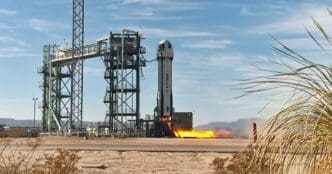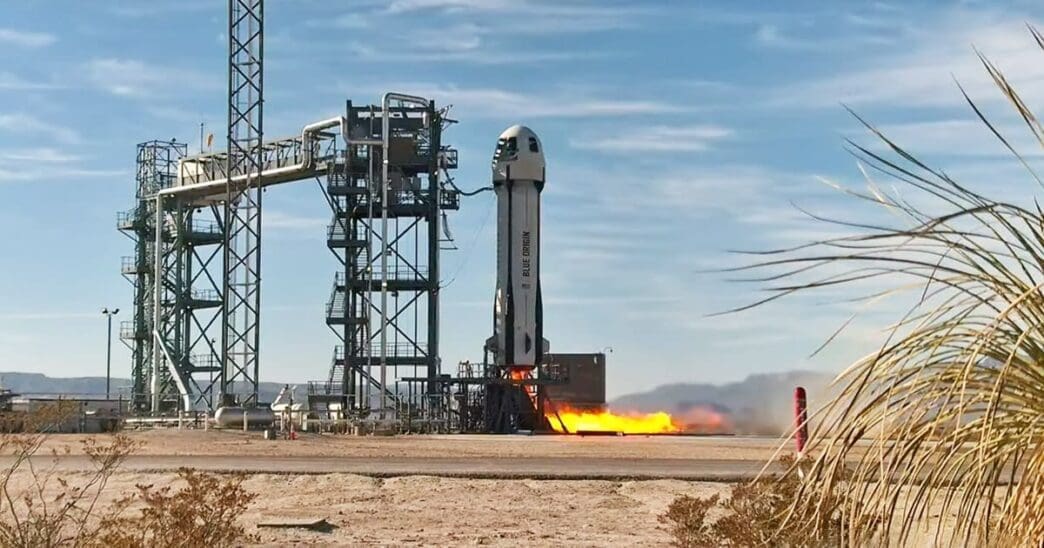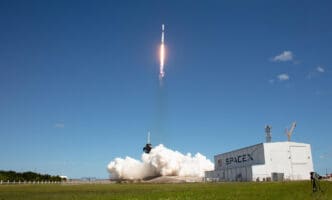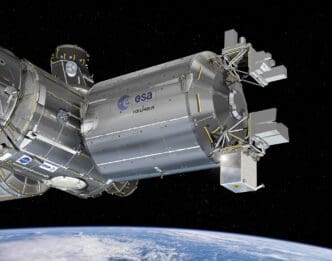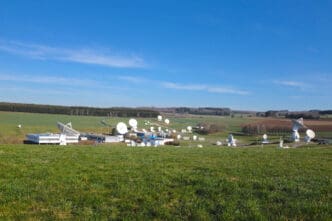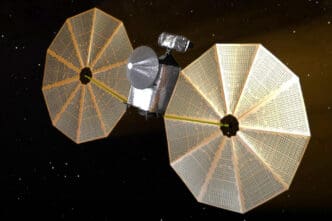The old adage ‘Practice makes perfect!’ finds its way to lunar explorations as NASA embarks on simulating moon gravity. It’s a cornerstone in ensuring the success of lunar missions in the future. Recently, 17 technologies grabbed the spotlight as they tested their mettle against the simulated lunar environment. As ambitious as it sounds, it wasn’t just for show—it was about innovation.
The simulation brought to life the conditions of lunar gravity without leaving Earth. These tests, although brief, provide a crucial glimpse into the harsh realities of the moon’s environment. NASA’s commitment to safety and advancement in technology was evident. As these technologies took flight aboard Blue Origin’s New Shepard, they mirrored what future moon missions might face. This event marks a step closer to humans returning to the moon, solidifying NASA’s plans for space exploration.
Launch and Lunar Gravity Simulation
On February 4, 2025, a significant step in lunar preparation unfolded with the launch of Blue Origin’s New Shepard. The suborbital rocket system, revamped to simulate lunar gravity, took off at 10:00 a.m. CST. This adaptation allowed for approximately two minutes of simulated lunar gravity, offering a rare opportunity for testing. The partnership between NASA and Blue Origin proved crucial, as both entities worked toward crafting an environment as close to the moon as possible.
Involvement of Commercial Companies
Commercial companies play a vital role in NASA’s lunar mission preparations. Blue Origin’s enhancements to New Shepard represent just one facet of this collaboration. As stated by Danielle McCulloch, these partnerships strengthen NASA’s readiness. NASA’s involvement included securing slots for 16 payloads inside the capsule and one mounted externally. Their goal was to ensure that every aspect of future lunar missions is accounted for, reducing risks through these simulations.
Insights from Simulated Gravity
Other payloads aimed at inquiries beyond flammability. Dust impact mitigation and lunar excavation were among the focal points of seven other payloads. NASA’s commitment to resolving these challenges is evident, with researchers from the Game Changing Development program leading the charge. Their efforts ensure that technology is ready for the moon’s gritty realities.
Addressing Lunar Surface Challenges
This mission is about more than just scientific curiosity. It’s a mission to enable human presence on the moon, focusing on long-term sustainability and infrastructure development. NASA’s collaboration with universities and private firms exemplifies a proactive approach towards overcoming lunar obstacles.
The Role of Technology in Lunar Exploration
The integration of diverse technologies in the simulations provides insights into how they might perform on actual missions. While Earth and lunar environments differ vastly, these tests bring a clearer understanding of the adaptability and resilience required for success on the moon.
External Collaborations and Research
Research partnerships allow for a multidisciplinary approach, which is crucial because lunar conditions pose diverse challenges. This strategy not only boosts technological advancement but also prepares humanity for the next giant leap into space.
Overcoming the Risks of Moon Missions
The Flight Opportunities program shows how essential these simulations are. Simulated conditions mean potential issues can be identified and addressed well before launching an actual mission. NASA’s focus is not just on technological readiness but also on risk management and safety assurance.
Broader Implications of Lunar Simulation
These tests are a testament to human curiosity and determination to explore further. They are steps on the path to turning science fiction into reality. The knowledge acquired from these simulations is invaluable for future missions, ensuring NASA remains at the forefront of space exploration.
A Future with Lunar Aspirations
With ongoing innovations and partnerships, NASA is closer than ever to turning lunar aspirations into realities. These test flights are foundational to future successes, laying the groundwork for broader lunar engagement.
Concluding Thoughts on Lunar Innovations
Through these gravity simulations, innovative solutions to lunar challenges are on the horizon. These strides forward bring us closer to achieving what was once thought impossible.
This journey of innovation and collaboration assures us that moon missions will not just remain dreams but will soon be groundbreaking realities. With tests like these, NASA continues to lead in the quest to explore the cosmos. The path to the moon is illuminated by these innovations.

